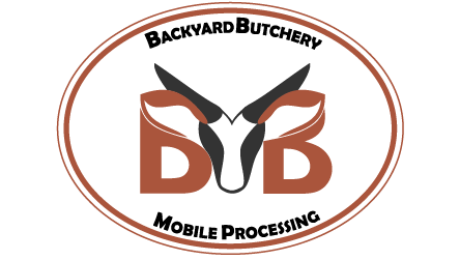THE GROCERY STORE MEAT SAGA – PT 1
OK I’ve been carefully avoiding this post, but it seems to be making it’s rounds so I am going to address it today. It will require more than one post and I’m probably going to hurt some feelings, so buckle up.
OK let’s talk about it… grocery store ground beef; Part 1.
Where does it come from?
In 2016, 4 industrial beef companies — who control over 80% of the beef market in the United States — successfully lobbied to remove the Country of Origin Labeling requirements from packaging. In plain English, this means that beef and pork sellers in the United States aren’t even required to tell you what country the beef and pork you buy came from.
Here’s the problem. Everyone selling meat uses stock art photos of small farms and says things like “thoughtfully sourced,” “farm fresh” and “we work with family farms in the USA” — even if the vast majority of the meat they sell is, in fact, raised overseas in factory-like conditions, in desert climates where natural grasses don’t grow, using inferior breeds eating low-quality grass pellets, before being shipped to the USA at industrial scale. Meat from a meat broker.
Adding insult to injury, it’s maddening to discover that, in fact, beef from cattle which were born, raised and slaughtered overseas, can legally be labeled as “Product of USA,” as long as the final step of slicing into steaks and packaging happens in the states.
Such cattle are trucked from “cow/calf operations” to massive, concentrated feedlots where all traceability back to the ranch is lost. By the time it’s been processed at scale, packaged, sorted and distributed through brokers, nobody has any idea where it was from in the first place.
Retailers aren’t required to even tell you what country your beef is from.
Even at high-end grocery stores, the person behind the meat counter typically can’t tell you which farm(s) the meat came from — let alone what country it came from. The added complexity and cost of such traceability is exactly why industry lobbied to remove Country of Origin Label requirements in the first place.
Prior to this, one pound packs of Costco organic ground beef used to list no fewer than 5 countries… on a single pound of ground beef. Think about that.
This is insane. We deserve better.
- Published in Uncategorized
What is a Hanger Steak?
![]() What Is The Hanger Steak?
What Is The Hanger Steak? ![]()
A hanger steak, also known as the butcher’s steak or the hanging tenderloin, is a cut of beef steak prized for its flavor. This cut is taken from the plate (the upper belly of the animal) where it supports the diaphragm. In the past, it was known as the “butcher’s steak”, because butchers would often keep it for themselves rather than offer it for sale. This is because the general populace believed this to be a crude cut of meat, although it is actually one of the most tender.
The hanger steak resembles the flank steak in texture and flavor. It is a vaguely V-shaped pair of muscles with a long, inedible membrane running down the middle.
The only problem is… there’s only ONE per animal. ![]()
Since this cut comes from a supportive muscle, rather than an active muscle, it is more tender, but can be tough when improperly prepared. The tenderness suffers when exposed to long periods of dry heat, but… who would dare insult such a ‘rare’ cut of beef by cooking it above medium rare anyway??? ![]()
*I just started pulling these recently, so don’t be alarmed if you haven’t gotten one from me yet!
- Published in Uncategorized
What is Backyard Butchery?
Why was Backyard Butchery Created?
I want to preface this by saying BYB was created out of aggravation, necessity, and a little bit of spite. I opened BYB with an open heart, an open mind, and a whole hell of a lot of hope. There is nothing, and I mean NOTHING, more frustrating than spending every day carefully feeding and caring for your livestock to see it all go to crap at the processor. If you’re anything like me, you spent countless hours researching breeds, local breeders, and the healthiest, natural feeding options you could find. For instance, you might have even driven a distance to find this animal. You dredged through rain, sleet, and snow to ensure it was safe and comfortable… Every. Single. Day. So why would you not put the same care and consideration into processing? With that being said, what is Backyard Butchery?
- Published in Uncategorized





